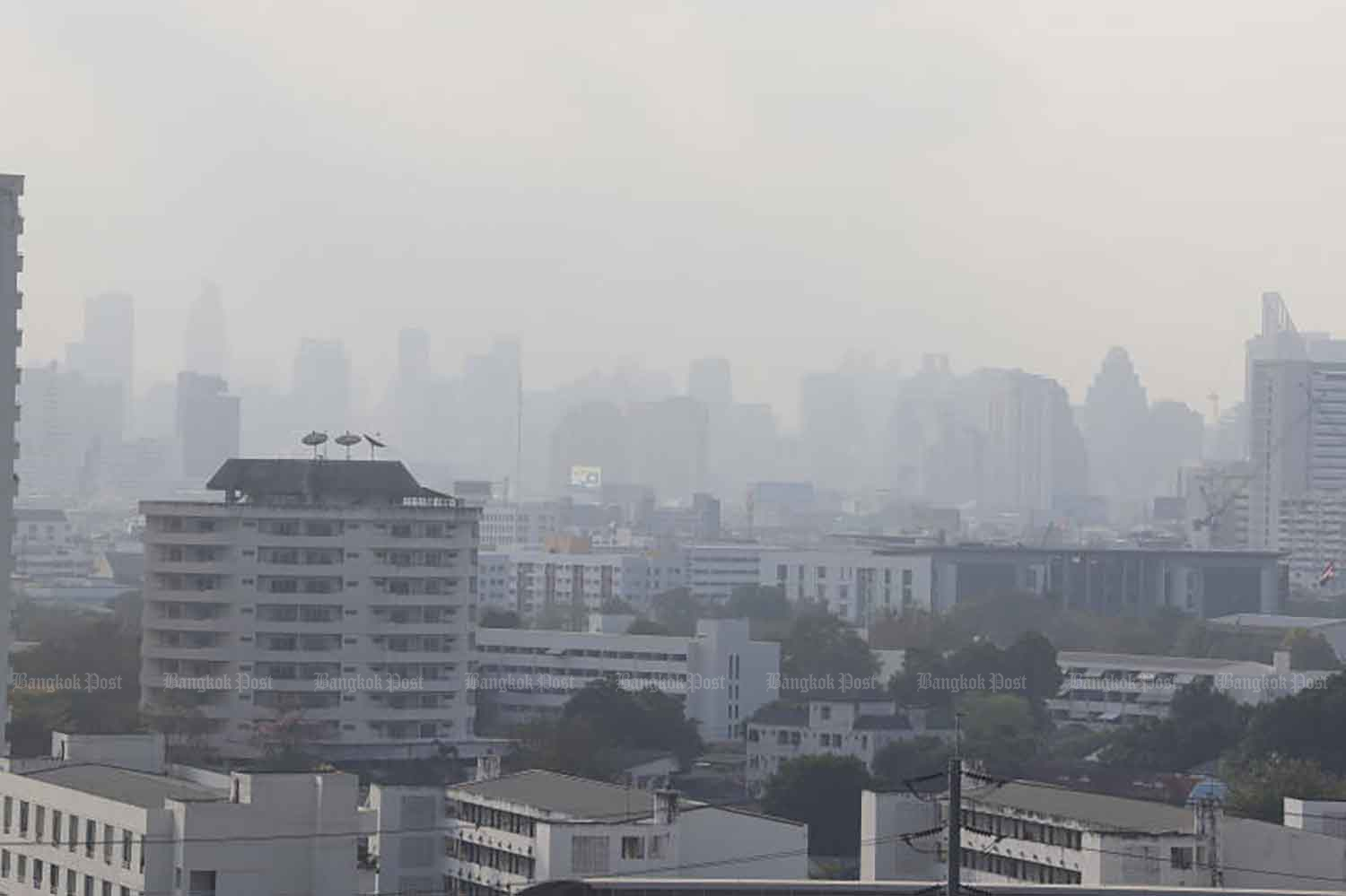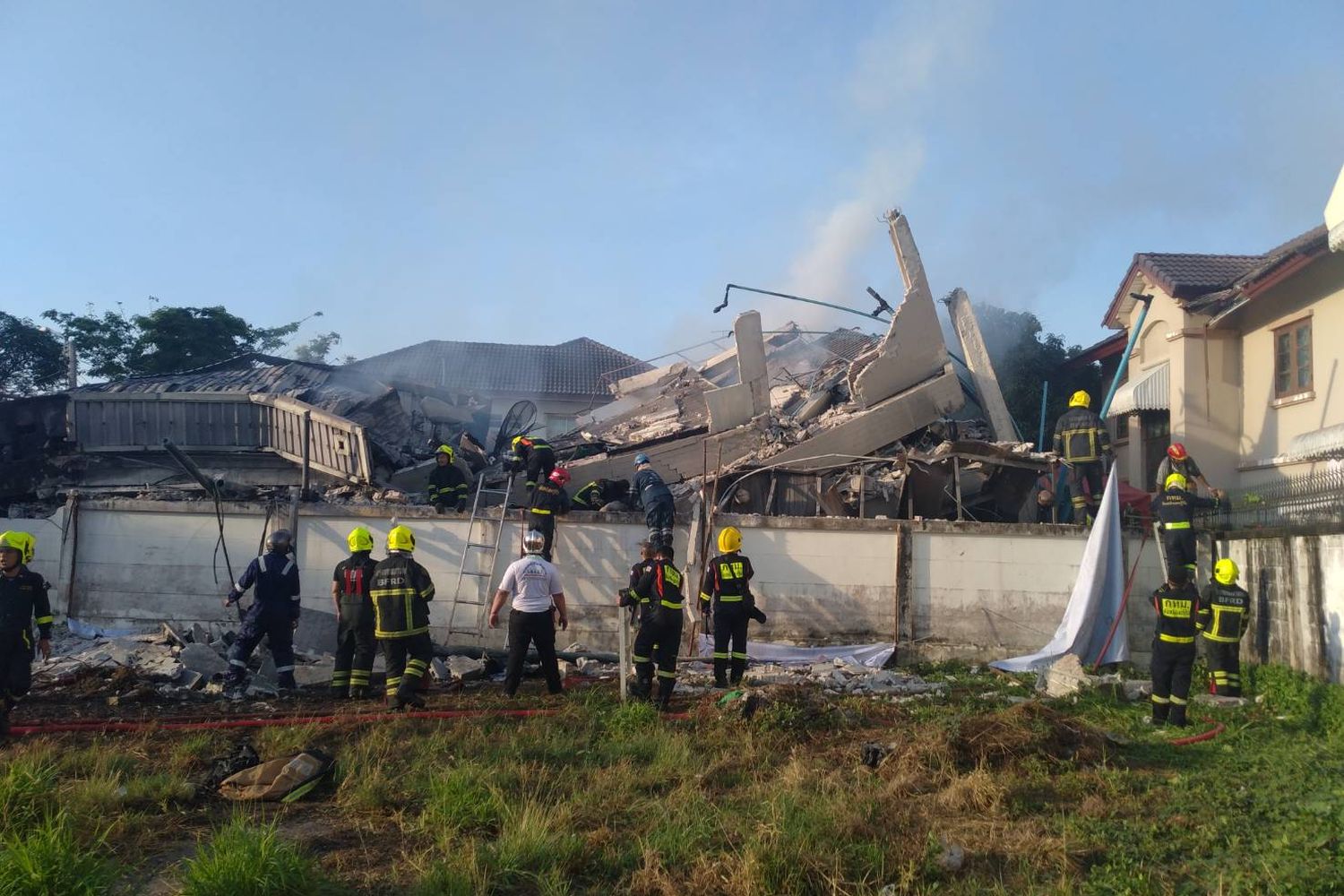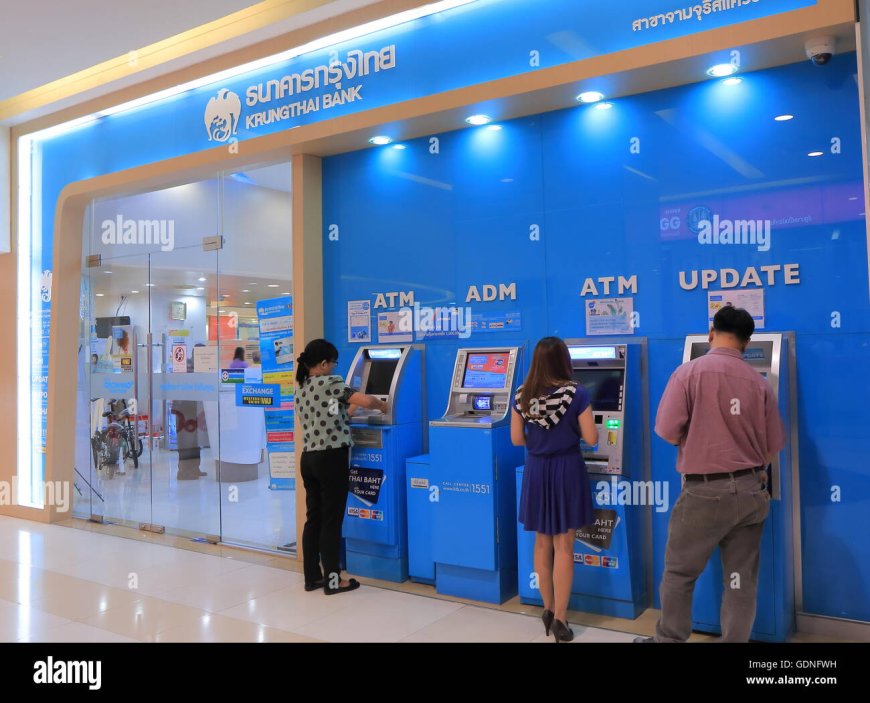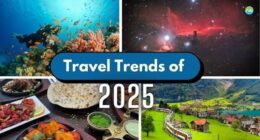Bangkok Faces Hazardous PM2.5 Levels
On February 16, 2025, Bangkok reported alarming levels of PM2.5, reaching a hazardous peak of 94.2 micrograms per cubic meter (µg/m³) at noon. This measurement significantly exceeds the government’s safety threshold of 37.5 µg/m³, marking it as the highest pollution level in the country. The situation is dire, with the Geo-Informatics and Space Technology Development Agency (GISTDA) confirming that the air quality poses serious health risks to residents.
Surrounding Provinces Also Affected
Nonthaburi and Samut Prakan are not far behind, recording PM2.5 levels of 84.8 µg/m³ and 77.8 µg/m³, respectively. These readings place them in the same hazardous category as Bangkok, indicating widespread air quality issues across the metropolitan area. Authorities are emphasizing the need for immediate action to mitigate health impacts.
Health Risks Associated with Red Smog Levels
The presence of red-level PM2.5 is particularly concerning as it can lead to severe health complications, especially for vulnerable populations such as children and those with pre-existing conditions. Residents are advised to limit outdoor activities and utilize protective gear like PM2.5 masks when necessary.
Comparison with Other Provinces
In contrast to the hazardous conditions in Bangkok and its neighboring provinces, several southern provinces reported safe air quality levels, with PM2.5 measurements ranging from 13.5 to 14.6 µg/m³. This stark difference highlights the localized nature of the smog crisis affecting central Thailand.
Government Response and Public Advisory
The Thai government continues to monitor air quality closely while advising residents to stay informed about pollution levels through official channels. Recommendations include avoiding strenuous outdoor activities and seeking medical attention for any unusual health symptoms.
Urgent Need for Action
The persistent red smog levels in Bangkok, Nonthaburi, and Samut Prakan underline an urgent public health crisis that demands immediate attention from both authorities and residents alike. Continuous monitoring and adherence to health advisories are crucial in navigating this environmental challenge effectively.









